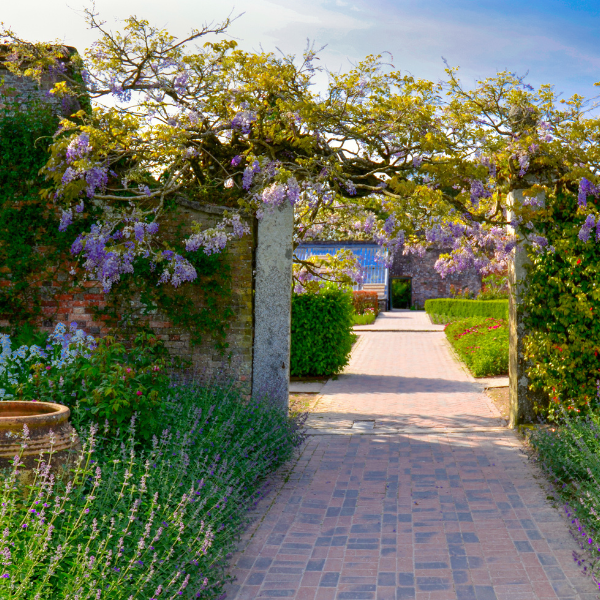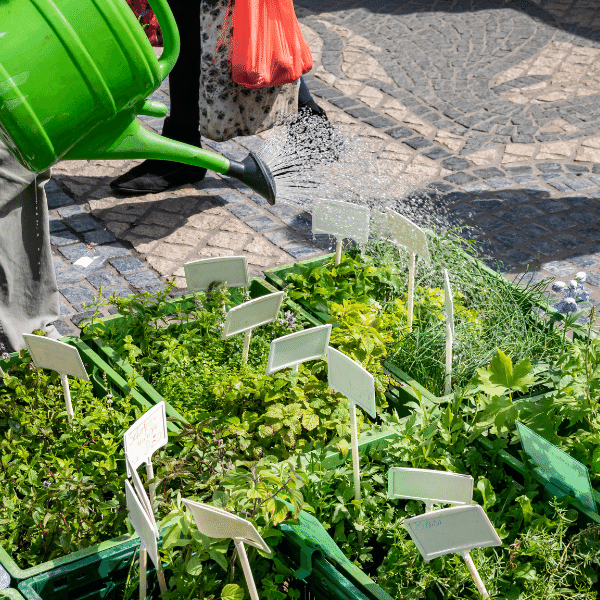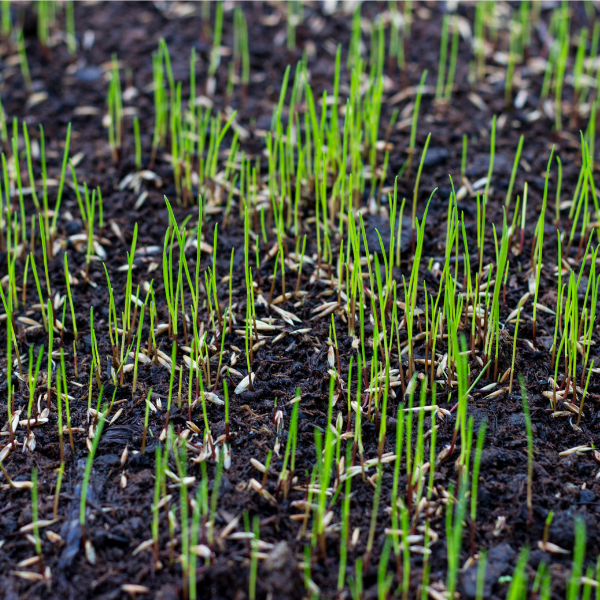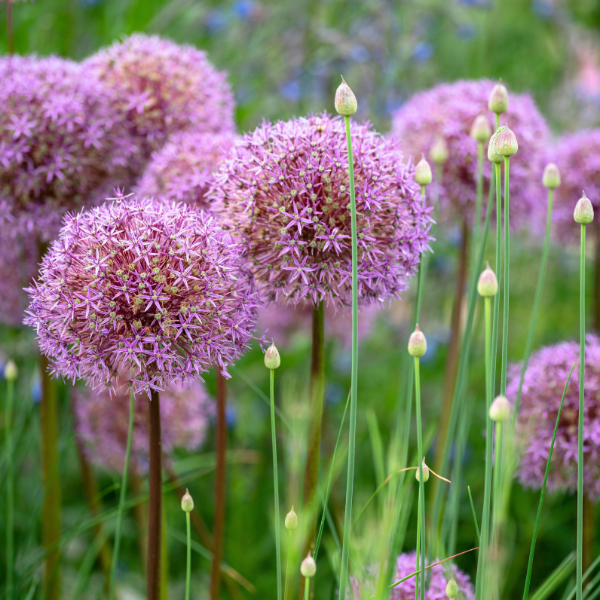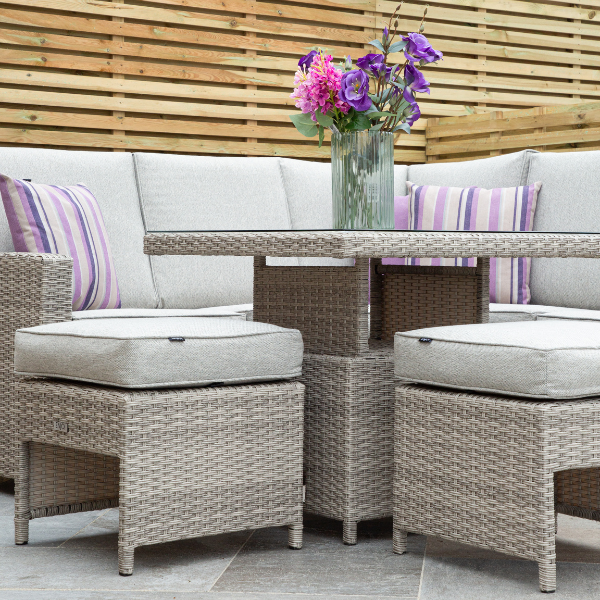Sustainable Gardening
Sustainable gardening is becoming increasingly important and luckily a lot more people are adapting to gardening in a more sustainable way. As the topic of climate change becomes all the more vital in regards to our planets future, it’s good to reflect individually on the little things we can change in our everyday life.
With an ever-changing technology landscape, modern gardening and farming are becoming adapted by the larger population, due to ease, value and accessibility. Some of these practices strip resources from the land, like soil nutrients and water, without making efforts to renew or refresh the landscape, this limits the usability of the land for years to come.
Sustainable gardening focuses on using natural resources efficiently, employing processes in turn that restore the land. Sustainable gardeners work with nature to find the best ways to grow what is needed, rather than forcing the ground to produce what we want or like to see. It is essential working in this way because the earth does not have unlimited resources and by working more sustainably we will make these resources last.

Tips
- Fix leaky taps or anything that’s broken that might cause more water wastage
- Water your garden in the evening to reduce loss of evaporation, especially in the warmers months because the evenings are cooler
- When using paddling pools, reuse the water on your plants
- Reduce usage of pesticides and weedkillers when and if you can, as these will eventually make their way into rivers, lakes and groundwater. Don’t pour them down drains, dispose of them at official sites
- Allow your lawn to grow longer between mows so that it becomes more resistant to drying out. Don’t cut the grass too short because it will dry out faster
- If you have the space, install a water butt to collect rain water for watering the garden
- Monitor how much water you are using on a monthly basis and see if there is a way to reduce it
- Buy peat free compost and plants
How is CGC contributing to a more sustainable environment?
LED Lighting Project
In April 2023 we underwent a project whereby all the lights that weren’t already LED, changed to LED. This has meant a reduction in the amount of electricity we use by at least 30%. Last year we replaced and disposed of 150 incandescent bulbs around the site. By changing these to LED, we won’t have to change these lightbulbs for the next 10 years… meaning we have saved 3 light bulbs per 1 LED! Overall, we will be reducing our carbon emissions by 25%!
Zero Landfill Waste
All our waste and reuse go to recycling, this includes anything from food wastage to plants. The recycling unit we deposit our wastage to, is sold further onto the national grid and other agricultural sources. 90% of this waste gets successfully processed and turned into new products, which is a big thumbs up!
- Energy from waste technologies means that general waste is burnt at a volcanic 850 degree Celsius. The water in the combustion chamber is turned into steam, powering turbines, which then turns non-recyclable waste into energy used to power electricity. The leftover ash (IBA) is sent to specialists, who transform it into a recycled aggregate for building roads and highway maintenance.
- Food waste uses anaerobic digestion, which turns food into fuel and fertiliser. Digestate is the fertiliser that local farms use in place of chemical fertilisers. It is organic, friendly and environmentally friendly.
- 90% of our mixed recycling gets successfully processed and turned into new products.
Sustainability vs Going Green
Being sustainable and going green mean different things. Sustainability means using products or services in a way that does not damage the future generations’ resources. Some products may be labelled ‘green’ rather than ‘sustainable’ due it’s manufacturing as the production process may not be sustainable at all.

Peat
Peat-free compost is much more readily available nowadays making it an easier way to garden in a more environmentally sustainable way. Preserving our rare peat bogs is vital, both for the unique biodiversity they support, as well as the wider environment. They soak excess rainfall to help prevent flooding as well as storing carbon. Draining them for peat extraction releases carbon dioxide, and this is a big contribution to climate change.
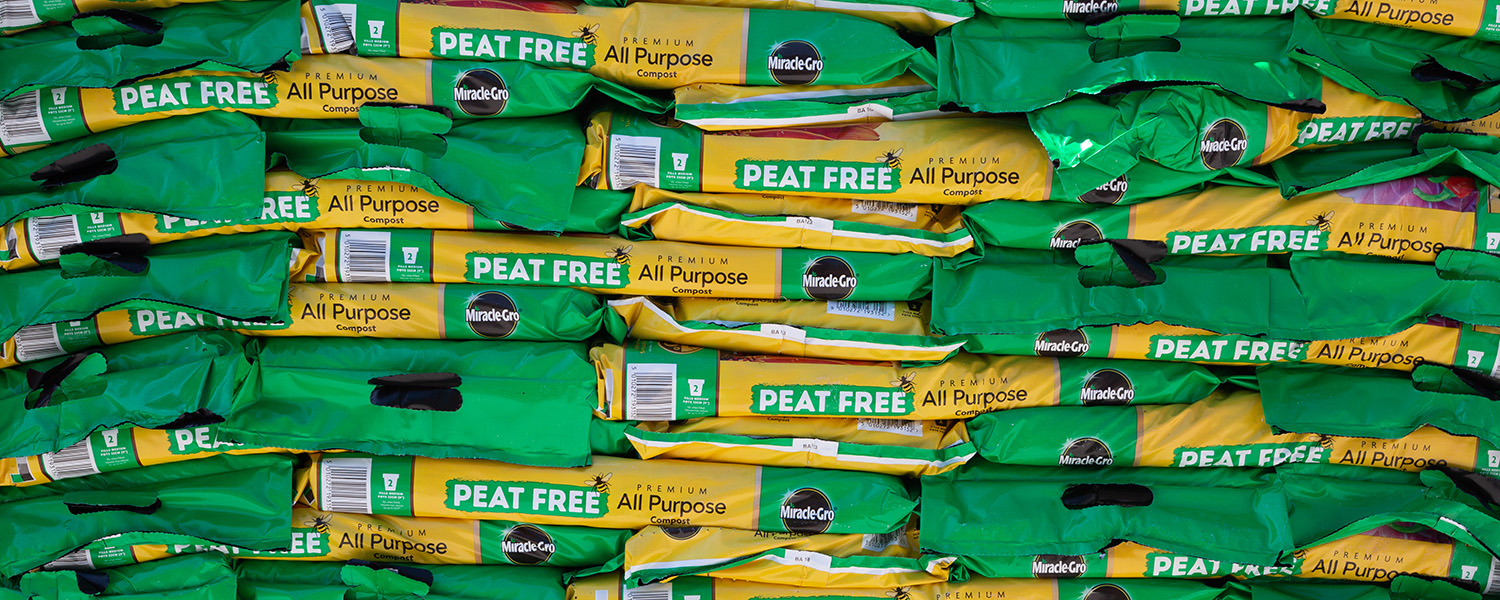

 2,768 REVIEWS
2,768 REVIEWS

